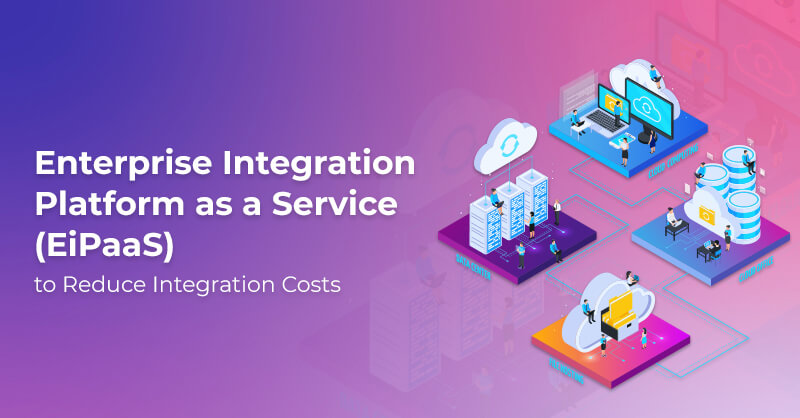Payment Ecosystem and the Use of Apigee APIs
Written by Ali Akthar
Technical Account ManagerDigital has been a buzzword for every bank these days, and every bank has a different definition of Digital. Some banks are working on Customer experience, some are working on lifestyle banking, some are working on improving the bank's brand image, and ultimately, all of this revolves around the Payment ecosystem.
Banks are striving to give a unified omnichannel customer experience which means consumers can do a lot more on different banking channels with the same experience such as ATM, Mobile App, Internet Banking Platform, smartwatches, and kiosks.
Bringing a customer to these digital channels means unique business use cases that can add value, convenience, and good return on investment to the bank to reduce OPEX and reduce the brick-and-mortar banking operations. The trend is made possible by the technological evolution of APIs. Together companies such as WePay, Stripe, and other fintech players are connected with the banks through APIs to form a true ecosystem, offering best of breed customer experience by combining a cluster of digital services under the ambit of multiple companies.
Retailers, Manufacturers, Telco, banks etc., are interconnected with each other providing a combined set of services to cater to customers ongoing demands and frequency in which they want to change.
Now to interconnect these dots and build a hassle-free one-stop-shop experience, the hour's need to have an ecosystem developed by interconnecting with multiple businesses is the need of the hour. The only way it is possible is with the help of APIs. Apigee plays a vital role in the financial industry and the way banks operate. The goal of an API tier is to enable a large number of apps from the bank partners channels or new development teams to access content and data from internal and external systems.
Payment Ecosystem & Business Model Facilitation
Open APIs helps banks focusing on customer experience and the value chains, which can drive and grow the Payment ecosystem by connecting it with third party banks, Merchants, new age payment players, VISA, MasterCard, JCB etc. In addition, there is an initiative from a regulatory perspective such as the Revised Payment Service Directive (PSD2) in Europe and Competition and Market Authority (CMA) which enforces the banks to expose their banking services to third party providers.
Now this builds an opportunity for the banks to move from a traditional Services Oriented Architecture (SOA) using the monolith services into an API led Architecture using a microservices based framework. This also brings Agile into the picture which means banks can do integrations relatively quicker than before and Business can deliver more use cases to the end customers.
Business Benefits for Payment Players
Banks can develop new products and services and bring them onto the “marketplace” for developers to consume and design personalized products to facilitate their end customers.
“Services” can be distributed through new channels and devices; additionally, IoT devices can enhance a customer experience. Again, APIs would be the key contributor.
Emerging technologies such as “Artificial Intelligence” can enhance API functionality.
One of the key benefits is “Data sharing” which can be distributed among different payment players in the ecosystem. All of this is possible with APIs.
Financial services are seeing a seismic shift that two influencing factors have driven.
Investments in Big Data has not resulted in growth against the investments made. By focusing on two tactical business aspects, customer upsells and new market expansion, financial service customers are now seeing growth. Packaging into new business service APIs is propensity models that examine contextual use and historical consumption, providing recommendations to customers on new upsells and value-adds. This sticky experience is enabling the customer to best use recommended services based on their current contextual experience. The same model is also being applied to new financial services to identify the best potential customers to try out new services.
Financial Service customers are using Apigee to Boost Innovation and Efficiency by increasing the rate of changes to match the business needs. This is accomplished by packaging existing Enterprise Services and enabling them in various forms as business APIs. By isolating variances at the API Management level, financial services companies are able to apply changes quickly. Because of advanced features such as complex caching, integration mediation and data mediation, scalability can be achieved without making changes to back-end enterprise systems.
API-Enabled Digital Ecosystems with Royal Cyber
These new strategies possible because of enhanced capabilities being added to enterprise services. Minimizing IT services changes allows current customers to expand their API strategies around all IT assets and expose them to new market segments; shopping cart experience, security services, target mobile consumers; for consumers and industrial consumers.
In today’s rapidly changing digital world, having an API first approach has become an imperative to become more agile and efficient, and create novel business models with platforms at its core. APIs enable the platform economy. Having a modular architecture using Microservices allows for rapid scalable changes in an agile way. Royal Cyber is here to ensure leadership in a world disrupted, APIs are the low hanging fruits that can help reap quick wins and build for future.
However, to realize benefits from API-enabled platforms and ecosystems, a futuristic yet feasible strategy needs to be created and substantiated with existing and potential partners to avoid inactivity. At Royal Cyber, we help you strategize followed by flawless execution and effective governance to keep you on the growth track. For more information, you can email us at [email protected] or visit www.royalcyber.com.



